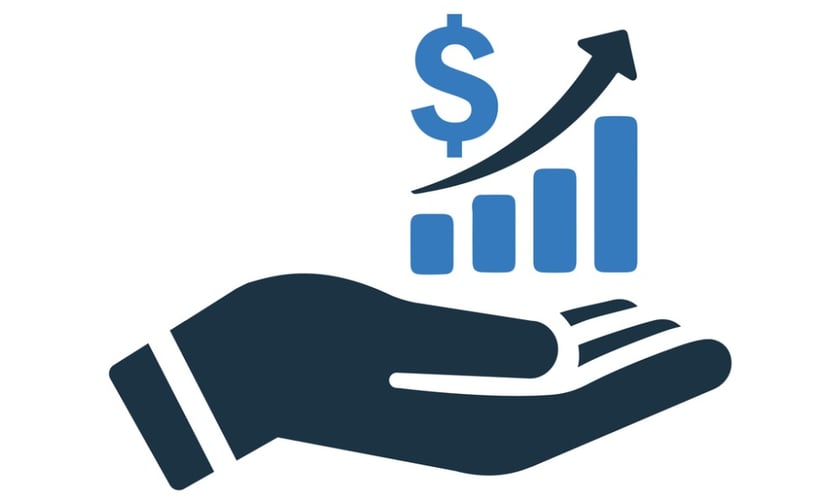

Sabre Insurance Group plc has released its trading update for the period from January 1, 2024, to April 30, 2024, showcasing robust year-on-year growth. The company’s performance was detailed ahead of its annual general meeting on May 23.
In the unaudited report comparing the first four months of 2024 to the same period in 2023, Sabre revealed significant increases across various metrics:
Moreover, Sabre underscored, in a statement, its commitment to prioritising profitability over volume, a strategy reflected in its sustained growth trajectory. The company’s post-dividend solvency capital ratio as of March 31, 2024, stood at an impressive 183%, signalling robust financial health and prudent risk management practices.
In terms of market trends, Sabre anticipates claims inflation to hover around 10% for 2024, consistent with previous projections. While there have been indications of a slight deceleration in pricing increases within the core motor vehicle market during the first quarter, Sabre maintains its competitive stance within its target market segment.
Geoff Carter, the CEO of Sabre, expressed satisfaction with the company’s performance, noting that the positive momentum from 2023 had carried over into 2024. Carter highlighted Sabre’s adherence to a strategy focusing on profitability, with volume seen as a natural outcome of this approach.
“It is encouraging that both expected profitability and volume are in a strong position and our outlook for the year remains unchanged. We are particularly pleased that all three of our products are expected to make a positive contribution to profit this year,” said Carter.
Looking ahead, Sabre reaffirmed its full-year guidance, anticipating continued growth in gross written premiums (GWP) across its core motor account. The company also anticipates improved loss ratios, underpinned by the profitability of business written in 2023, which is expected to translate into substantial profit increases in 2024. Sabre aims for an overall combined operating ratio (COR) within the target range of 75% to 80% on an IFRS 17 basis, contingent upon the level of discounting credit recorded for the year.
Have something to say about this story? Leave a comment below.
